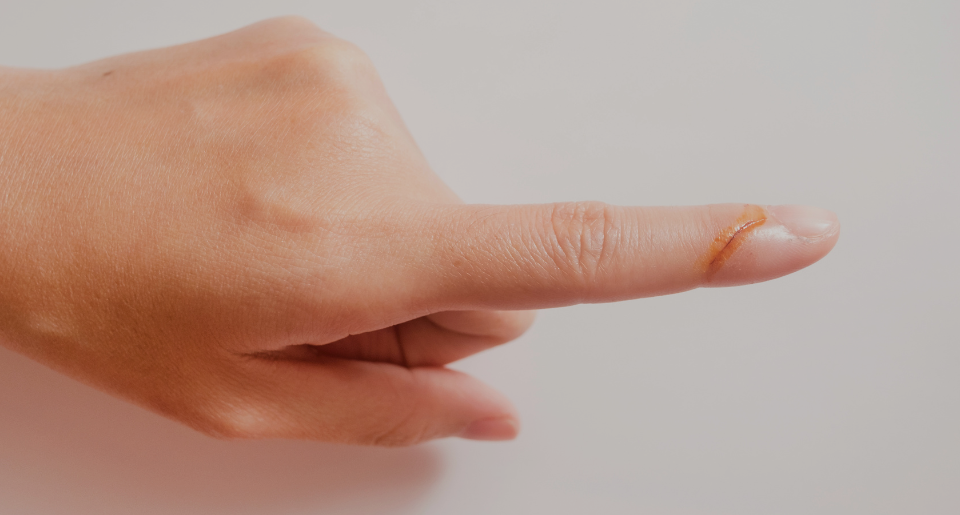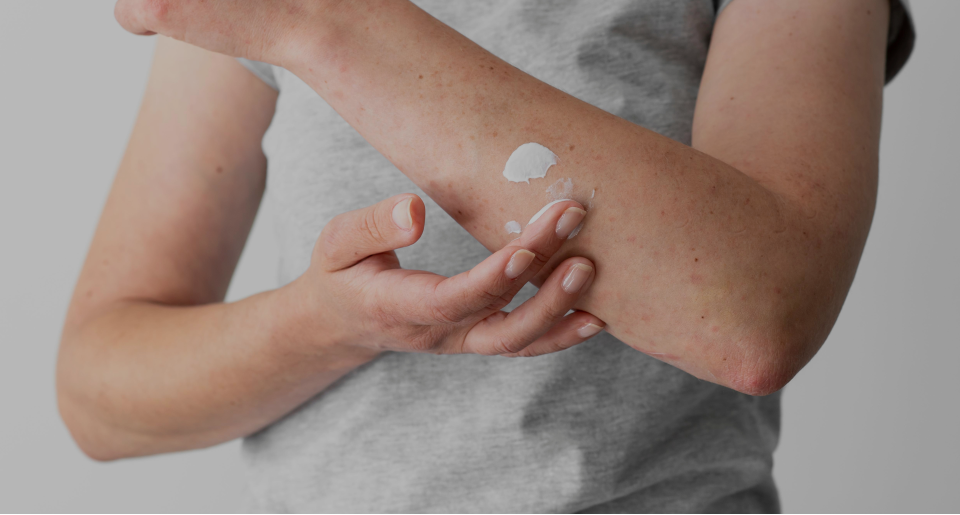The Ultimate Guide to Antiseptics: Understanding Types, Uses, and Benefits
We all tend to overlook minor cuts, scrapes, or burns, thinking they’ll heal on their own. But even the smallest wounds need proper care to prevent infections or slow healing. That’s where using an antiseptic like Soframycin Skin Cream can make a huge difference in keeping your skin safe and speeding up recovery. They effectively clean, protect, and heal wounds quickly and safely.
But with so many antiseptic options, how do you know which is best for your needs? In this guide, we’ll break down the types of antiseptics, their uses, and why Soframycin Skin Cream is essential to any first-aid kit.
What Are Antiseptics?
Antiseptics are substances that help slow down or kill the growth of microorganisms on the skin, preventing infections and promoting healing. Unlike antibiotics, which work inside the body, antiseptics are applied directly to the wound. They are a critical part of wound care, especially for minor injuries.
Common Types of Antiseptics
Antiseptics come in many forms, such as creams, solutions, and ointments. Below are some of the most commonly used types:
- Hydrogen Peroxide: Known for its bubbling action, hydrogen peroxide is popular for minor cuts. However, overuse can damage healthy skin and slow down the healing process.
- Iodine: Iodine is often used for deeper cuts and burns. It’s effective but can cause irritation or discolouration in some cases.
- Alcohol-Based Solutions: Alcohol is often used for cleaning wounds and preparing skin before injections. However, it can cause dryness and stinging, which makes it less ideal for open wounds.
Antiseptic Creams vs. Ointments: Which Is Better?
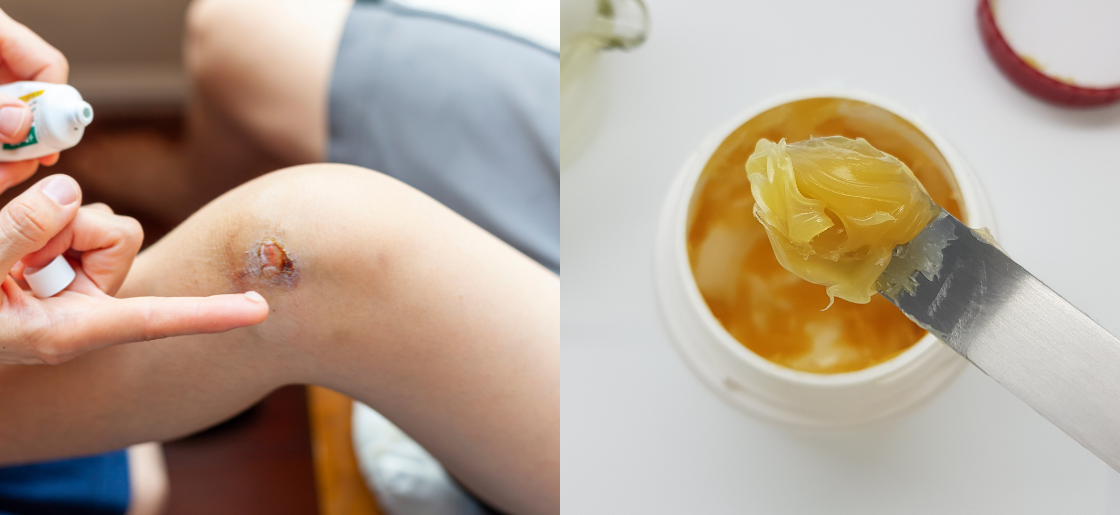
For daily use on common injuries like cuts, scrapes, and burns, antiseptic creams like Soframycin Skin Cream are ideal. Here’s why:
- Antiseptic Creams: Light, water-based, and quickly absorbed creams are perfect for smaller wounds that require a non-greasy application. Soframycin Skin Cream creates a protective barrier while also keeping the wound moist, which aids in faster healing. It’s the go-to for minor cuts, scrapes, and burns where convenience and quick absorption are key.
- Antiseptic Ointments: These are thicker and oil-based, forming a protective layer over the wound. Ointments are often used for deeper wounds or burns that need more moisture retention. However, they tend to leave a greasy residue, making them less convenient for day-to-day use.
Benefits of Antiseptics
Soframycin Skin Cream offers a range of benefits, making it an essential part of your first-aid routine:
- Prevention of Infection: The main job of any antiseptic is to prevent bacteria from entering the wound. Soframycin Skin Cream does this effectively, lowering the risk of infection and allowing for faster healing.
- Faster Healing: By keeping the wound clean and moist, Soframycin Skin Cream promotes quicker recovery. Unlike ointments, which can leave the skin greasy and uncomfortable, Soframycin absorbs quickly, allowing the skin to breathe while it heals.
- Versatility: From small scrapes to mild burns, Soframycin can be used for a wide range of injuries. It’s gentle enough for daily use but strong enough to tackle everyday wounds easily.
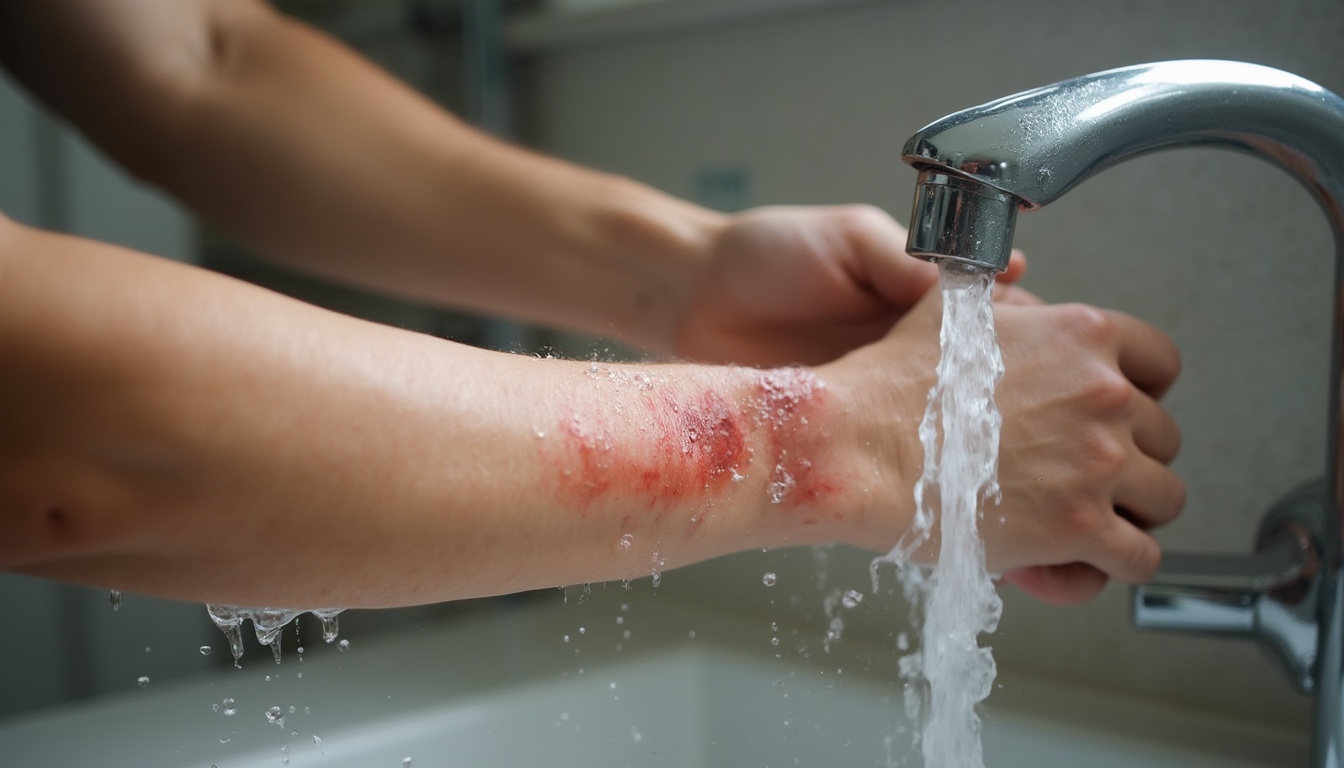
When Not to Use Antiseptics
While antiseptics are generally safe, there are a few situations where professional medical care is a better option:
- Deep Wounds: If the injury is deep or caused by an animal bite, it’s best to consult a healthcare professional. Antiseptics like Soframycin are designed for minor injuries.
- Allergies: Some people may experience an allergic reaction to certain antiseptic ingredients. If you observe sudden redness, swelling, or itching after applying Soframycin, discontinue use and seek medical advice.
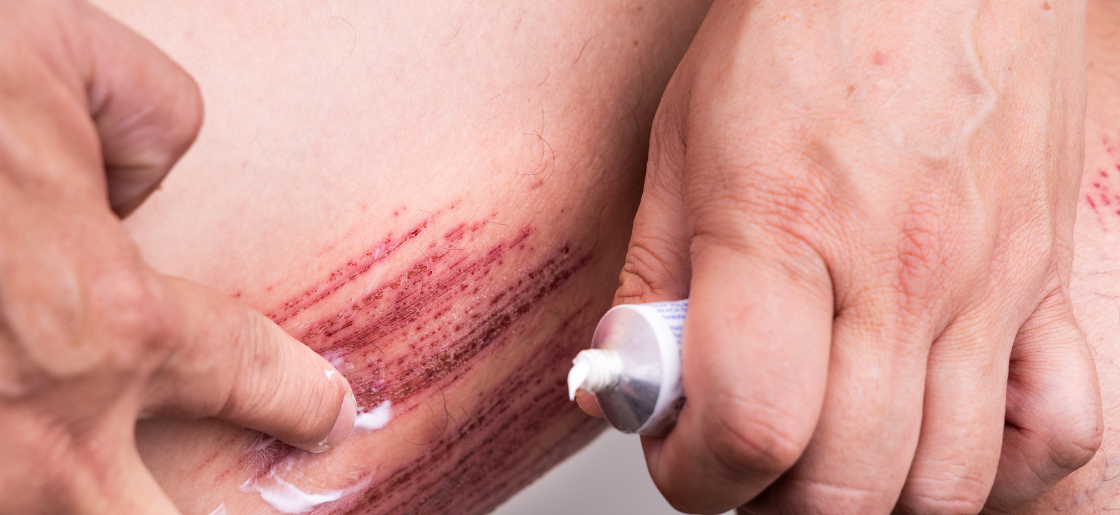
How to Properly Apply Soframycin Skin Cream
Using Soframycin Skin Cream effectively is easy:
- Clean the Wound: Gently clean the wound with warm water to remove dirt or debris. Avoid harsh soaps.
- Apply the Cream: Spread a thin layer of Soframycin Skin Cream over the wound, making sure the entire area is covered.
- Reapply as Needed: For optimal healing, reapply the cream 2-3 times daily, especially if the wound is exposed to dirt or water.
- Monitor for Signs of Infection: Carefully check the wound for possible signs of infection, including increased redness, swelling, or pus.
Conclusion: Choose Soframycin for Quick, Effective Wound Care
When it comes to minor injuries, Soframycin Skin Cream is the perfect antiseptic to keep on hand. It’s easy to apply, absorbs quickly, and helps speed healing, ensuring your wounds stay clean and infection-free. Whether it’s a scraped knee or a minor burn, Soframycin ensures you’re always ready to tackle life’s little mishaps confidently.

